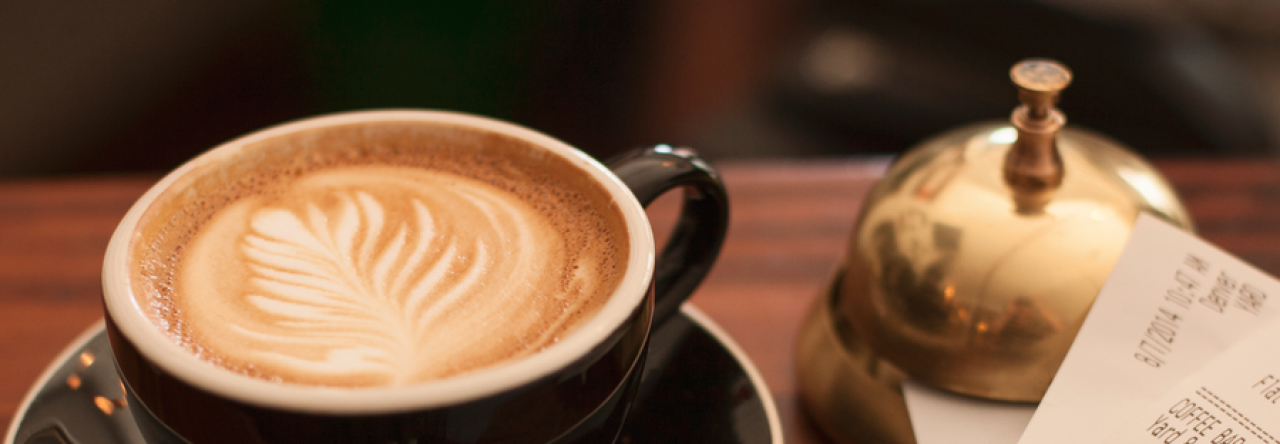Let’s face it, at some point in our lives, we’ve all been there. For some of us, it was in our youth, the earlier days of dining out on your own dime. For others, it’s right now, in adulthood, that you’ve found yourself in need of information regarding how to pair your wine with your food. We’ve all found ourselves in these situations at some point.
You’ve picked out a restaurant, made your reservation and gotten your seat. Opening up the menu, you take a moment to choose an entree. Looking over the selection, you take a sip of water and debate in your head: red meat or shellfish? Red sauce or white? Something heavier or something light? Satisfied, you close the menu and place your order, a filet, cooked medium-rare, with a balsamic glaze.
And for the wine? Pinot grigio?
And that is where you’ve gone wrong. A Mourvedre or merlot would have been acceptable. As would asking the wine waiter or sommelier, assuming one is on staff. Some people simply do not know how to pair their wine with their food.
That’s where this can help. Here are some general rules on how to pair your food with your wine, and a handy infographic (void of confusing intersecting lines) to help.
First things first, a rich red get’s a rich red. If you’re ordering a richer red meat such as beef, pair it with a rich red wine, like a merlot or Aglianico.
As a general rule, the wine should always be sweeter than the dish. If you’re  ordering a bitter food, don’t pair it with a bitter wine, instead opt for something on the sweeter end of the spectrum. Dessert time? Try a port or a sherry to round out the meal.
ordering a bitter food, don’t pair it with a bitter wine, instead opt for something on the sweeter end of the spectrum. Dessert time? Try a port or a sherry to round out the meal.
With the exception of fish, leave the dry white to vegetable or cheese dishes. Drier white wines tend to pair well with less savory dishes. The same can be said for sweet white wines, substituting the possibility of cured meats in the place of vegetables.
Pork is a harder protein to match, as it will depend largely on how it’s prepared. In instances like this, it’s best to gauge the dish by its sauce. A simple yet reliable rule of thumb for pairing wine with sauce is simply matching them. A white sauce like an alfredo or monray will pair best with a white wine, while a marinara or fra Diavolo will be best complemented by a red wine.
The infographic should serve as a quick reference next time you’re hosting a dinner with some friends or coworkers. Cement it in your memory, though, and you’ll be set for life.

